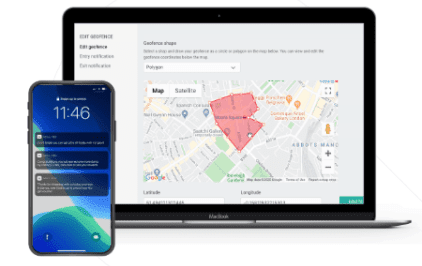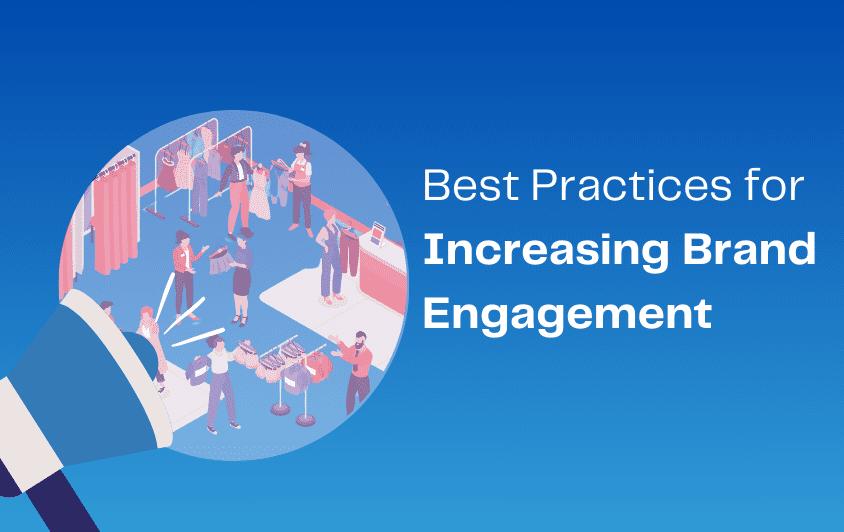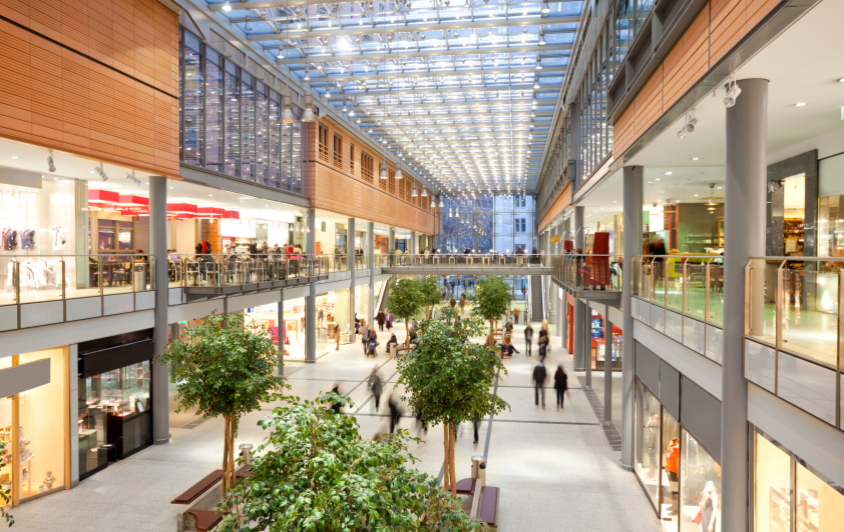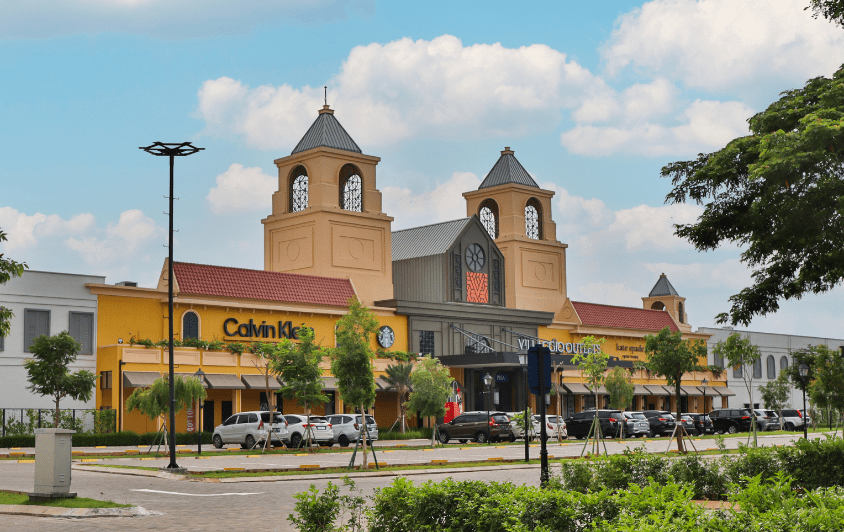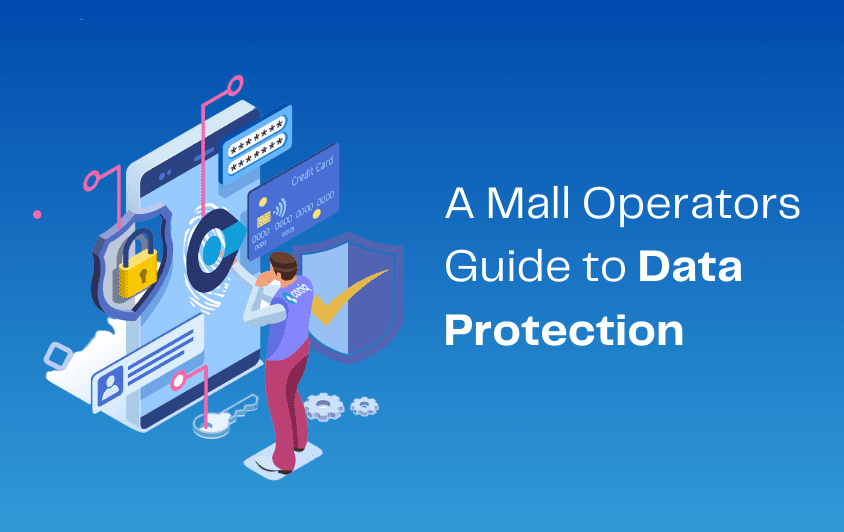Retail destinations today are faced with more competition than ever before, making it challenging to attract and retain customers cost-effectively. Customer expectations are growing, too, driven by new digital technologies developed to enhance the shopping experience.
As marketers, you must think and act differently to stand out from competing brands – all competing for the same share of the wallet. Those who succeed can collect and use customer data from multiple sources/touchpoints to fully understand and engage customers at the right time and place.
High-performance marketing teams that send personalized communications and promotions/rewards achieve stronger customer loyalty rates. But, this isn’t enough to succeed with customers, especially when most organizations respond to customers after buying something in a store. Instead of waiting for customers to walk into their center or store, savvy marketers drive them in by going beyond the confines of physical retail.
Using location data tracking has many different functions that allow organizations to improve their loyalty program strategy and build stronger customer relationships by providing personalized experiences based on place and time of visit. Location data also shines crucial insights into customer behavior, including what stores visits, the frequency of visit, dwell time, and much more.
The future of customer loyalty is mobile.
With smartphone adoption reaching more than 75% of the US population, and this device is with consumers more than 80% of their waking hours – it has brought a huge opportunity for brands to redefine the customer experience. Shoppers welcome convenience, and they are increasingly adopting mobile apps as the default engagement touchpoint.
A mobile app-based loyalty program creates a unique and memorable customer experience, giving them real-time gratification. Using location technologies such as geofencing, you can deliver personalized mobile communications. For example, a customer near a shopping center or a store may receive a push notification that offers a special discount on summer wear based on the customer’s purchasing history.
Rather than blasting thousands of customers with a generic email who aren’t in a position to respond promptly to a marketing campaign, a location-aware message you tailor to just those users who are currently nearby a store.
However, you mustn’t be overly reliant on one channel. Customers have different preferences for how organizations should communicate with them and offer rewards. This is where omnichannel comes in. Email, text messages, social media, mobile apps, and digital wallets are all ways to keep customers engaged with your loyalty program.
Putting your loyalty program on someone’s phone changes how you can interact with them. This provides you with an added-value method of reminding shoppers about your brand and can significantly impact consumer behavior. According to a study by 3Cinteractive, 62% of consumers said they make more store visits and purchases because of mobile-enabled loyalty programs.
Four use cases for location data
Mobile disruption is shaking up traditional loyalty programs, with mobile phones quickly becoming the preferred method for brand-customer loyalty communications, including replacing loyalty cards. Still uncertain how to use location data for proximity marketing? Here are four different ways:
- Real-time location-based targeting: Engaging customers who are in or near your retail destination right now with content that will enhance their shopping experience
- Personalize communications based on points of interest: You can use location data for proximity marketing to complement your data on customers’ shopping histories to target customers who are interested in performing arts, sports, or the beach
- Deliver conditional messaging for customers who are out of town: If some of your customers are from out of town or even out of the country, you might want to change your messaging about upcoming events in the mailouts you have coming up.
- Measure the effectiveness of marketing investments: Even if customers don’t use your loyalty barcode when they transact, you can use their location data to determine if your marketing resulted in an uplift in shopping center visits.
Practical tips to get started with location data
It is important to note that many phones will not automatically share a customer’s location data, so you need to encourage people to turn location tracking on in your app. Here are a few inducements you should consider:
- Provide helpful content in the app based on things done in the area where the customer is, or send personalized communications via email, which is a tried and tested channel
- Make sure your customers know why they’re sharing their location and be clear about the benefits to them, such as enhancing the shopping experience.
- Reward customers with loyalty points based on their behavior, including when they visit your shopping center and when they buy something in a store
Mobile apps are fast becoming the most important digital touch point in your customer’s shopping journey. If you haven’t integrated location data into your customer loyalty program, now is the time because it’ll increase customer engagement, satisfaction, and sales for you and your retail tenants.

